Simple Edge Unit (SEU)
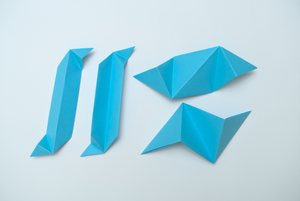
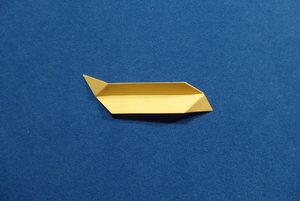

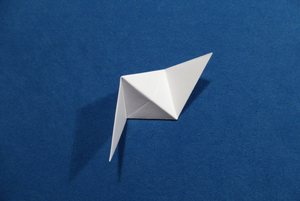
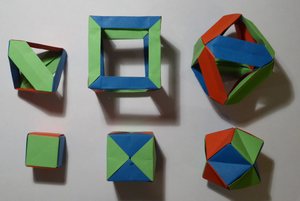
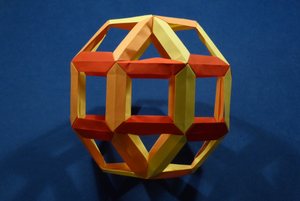

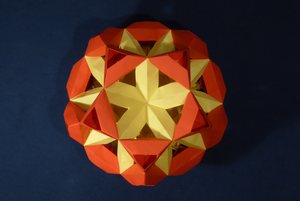
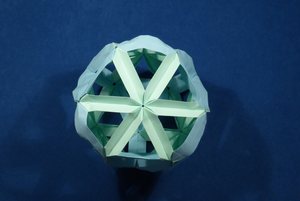

Simple Edge Unit (SEU) was designed by me, and as I later learned, also independently by many other people before. It is quite a versatile edge unit with several interesting properties and a special case of a 90°-generic edge unit. It can be folded from paper with any proportions.
I first came up with this unit in late 1999 or January 2000 after learning of Francis Ow’s 60 degree module. However, since I was only starting my adventure with modular origami back then, I failed to see this 90-degree module’s potential. I only folded a couple of cubes and thought that was it. I forgot about this unit for many years until it surprisingly came back to my mind in late 2014. At this point I instantly noticed that there were many more possible ways of connecting these units, for example that this module could be used for making triangular faces (which allows for pentagonal and hexagonal pyramids, too), pointed spikes etc. Using paper with differing proportions makes it possible to fold faces shaped like the “large” polygons: octagons and hexagons, and when folded from square paper, this unit becomes an interesting Sonobe variant.
I would like to thank Dirk Eisner who provided me with references to other places where this unit was published. In particular, this unit has been independently discovered by: Francis Ow, Tomoko Fuse, Dirk Eisner, myself, and probably a bunch of other people, too.
After re-inventing this unit the second time, I not only learned that the same unit had been discovered by others before, but I also found a number of units which are similar but not exactly the same. These include the classical Sonobe module, Tomoko Fuse’s Open Frame II and Double Pocket units, and Meenakshi Mukerji’s Star Windows.
Comments